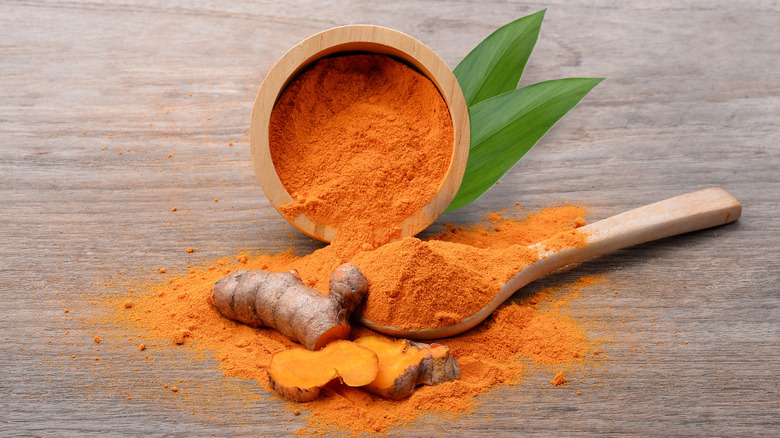The Science Behind Turmeric Stains and How to Remove Them
Turmeric, the golden spice that adds a vibrant hue and rich flavor to countless dishes, is a staple in many kitchens. However, its beauty comes with a downside—once it stains your favorite white tea towel or countertop, it can be a real challenge to remove. This stubbornness isn’t just a kitchen mystery; there’s a scientific explanation behind why turmeric leaves such persistent marks.
At the heart of this issue is curcumin, the active compound responsible for turmeric’s bright yellow color. When you use turmeric in cooking, whether as a paste or a powder, the curcumin molecules are highly reactive. They easily bind to fabric fibers, wooden surfaces, and even plastic, transferring their vivid color to anything they touch. This makes turmeric one of the most difficult spices to clean up after.
Another factor that contributes to the tenacity of these stains is the oily nature of turmeric particles. Unlike water-soluble substances, turmeric doesn’t dissolve easily in water, which means traditional cleaning methods often fall short. That’s why simply rinsing a stained cloth or surface with water might not do much more than spread the stain further.
Why Turmeric Stains Are So Hard to Remove
The combination of curcumin’s strong binding properties and the oiliness of the spice makes turmeric stains particularly challenging. Even when you try to wipe them away, the stain tends to linger. For fabrics, this means that the color can seep deep into the fibers, making it nearly impossible to remove without the right tools.
For countertops, especially those made of porous materials like wood or stone, the same principle applies. Turmeric can penetrate the surface, leaving behind a dull, yellowish mark that resists regular cleaning solutions. And for dishes or utensils that have been dyed by turmeric, the stain can become embedded in the material, requiring more intensive cleaning methods.
Effective Ways to Remove Turmeric Stains
If you find yourself dealing with a turmeric stain, don’t panic. There are several proven methods to tackle the problem. One of the most effective solutions involves using white vinegar. Its acidic properties help break down the curcumin molecules, making it easier to lift the stain from fabric or surfaces.
Here’s how to use vinegar effectively:
- For fabric: Apply white vinegar directly onto the stain and gently blot it with a clean cloth. Avoid rubbing, as this can push the stain deeper into the fibers.
- For countertops: Mix baking soda with a small amount of vinegar to create a paste. Apply it to the stained area and let it sit for a few minutes before wiping it away. Be cautious on wooden surfaces, as the mixture may cause damage if left too long.
- For dishes: Soak the affected items in a mixture of hot water and vinegar for an extended period. This helps loosen the stain and makes it easier to scrub away.
Another surprising tip is to leave the stained item in direct sunlight. Curcumin is sensitive to ultraviolet light, and exposure to sunlight can gradually fade the stain over time. While this method may take a few days, it can be a helpful addition to your cleaning routine.
A Quick Tip for Testing Turmeric Purity
Interestingly, water can also be used to test the purity of your turmeric. If you mix a small amount of turmeric with water and it turns a darker shade, it could indicate that the spice is pure. However, this is more of a fun experiment than a practical cleaning method.
Final Thoughts
While turmeric may be a beloved spice in your kitchen, its staining properties can turn a simple meal into a cleaning nightmare. Understanding the science behind these stains and knowing the right cleaning techniques can save you time and frustration. Whether you opt for vinegar, baking soda, or sunlight, there are ways to restore your kitchen items to their original condition. Just remember: quick action is key, but patience can also play a role in removing stubborn stains.







